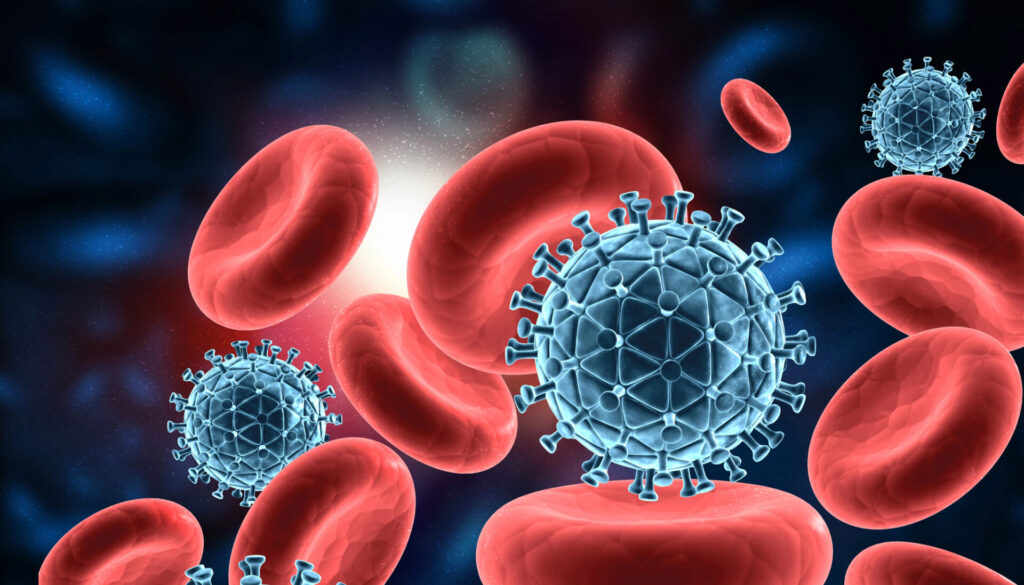Anger is one of the most difficult negative emotions to regulate and knowing effective strategies is essential.
Some people cope with anger by going for a run to blow off steam. While this activity provides mental and physical health benefits, it surprisingly doesn’t decrease anger – it increases it. Catharsis is popularized in society as a way to vent, with the rise of “rage rooms” where people can smash objects with a baseball bat or throw dishes against the wall. Spoiler alert: catharsis doesn’t work. Screaming into a pillow, punching objects, and breaking things are ineffective activities for coping with anger.
Anger involves physiological arousal caused by activation of the sympathetic nervous system, increased muscle tension, and adrenaline release. It also involves a cognitive component. A person’s appraisal of a situation is adaptive based on the individual, society, and culture, and can lead to different emotions and behavioral reactions. To manage anger, a person can focus on either the physiological arousal, the unpleasant cognitive label, or ideally both.
A meta-analysis published in Clinical Psychology Review sought to determine which activities effectively decrease anger. The meta-analytic review included 154 studies and 10,189 participants. Studies looked at the efficacy of activities that decreased arousal such as deep breathing, mindfulness, or meditation versus activities that increased arousal such as punching a bag, jogging, or cycling. Arousal-decreasing activities were more effective at decreasing anger and aggression.
Studies looked at group and individual treatments, students and non-students, criminal offenders and non-offenders, participants with and without intellectual disabilities, and all genders, races, and ages. Studies also examined state and trait anger, where state anger is temporary and situational, and trait anger involves those who experience anger more frequently and intensely. The conclusions were the same among all groups studied. This is important when working with any patient who struggles with anger.
- Activities that effectively diffuse anger include meditation, mindfulness, relaxation, slow-flow yoga, ball sports (soccer, volleyball), physical education classes (group sports and games), and aerobic exercise.
- Ineffective activities include walking, martial arts, weight training, punching/kicking an object, swimming, and rage rooms (smashing objects).
- Jogging and stair climbing have a negative effect and actually increase anger.
Activities that focused on both arousal-decreasing activities and cognition were more effective at reducing anger than activities without a cognitive component or cognitive behavioral therapy alone. This is important when designing anger management programs. For example, an activity focused on decreasing arousal, like muscle relaxation is effective. Cognitive behavioral therapy is also effective. Cognitive-relaxation therapy using both mindfulness and muscle relaxation is most effective.
Conclusions
Anger is not good or bad, but unpleasant for most people. Practitioners can help their patients harness emotions by incorporating strategies that diffuse anger versus reinforcing aggression. Mindfulness and meditation improve emotional tolerance and reduce the need to express anger as a way of controlling it. Fanning the flames of the sympathetic nervous system energy by introducing calming parasympathetic activities is helpful.






